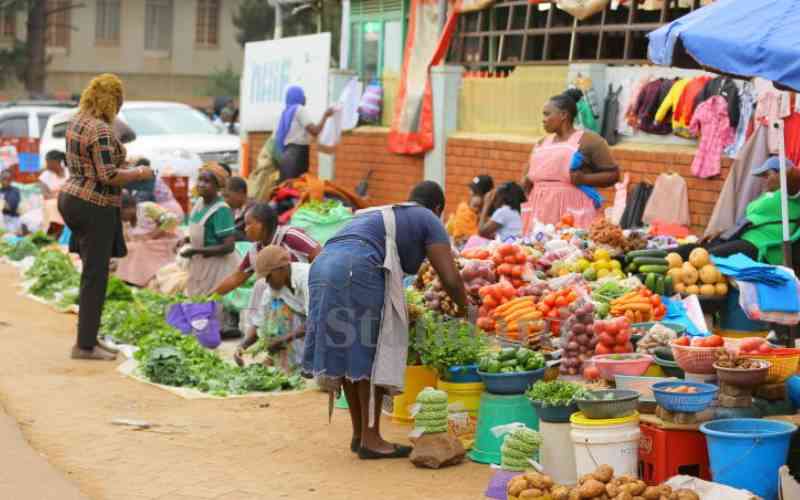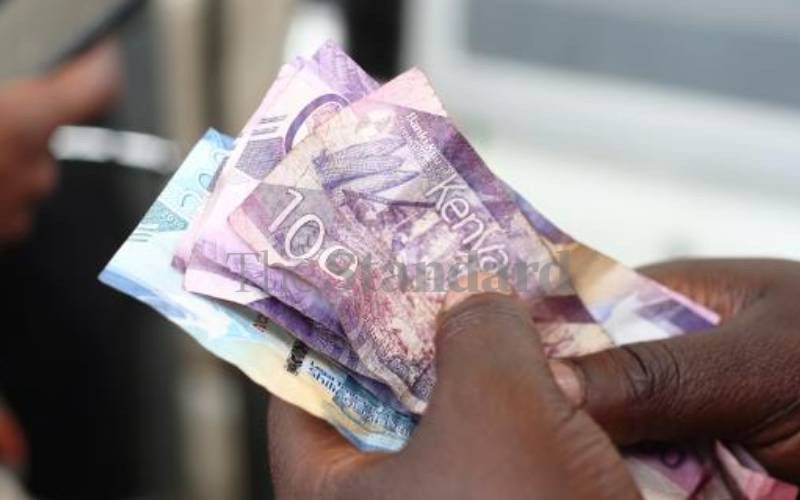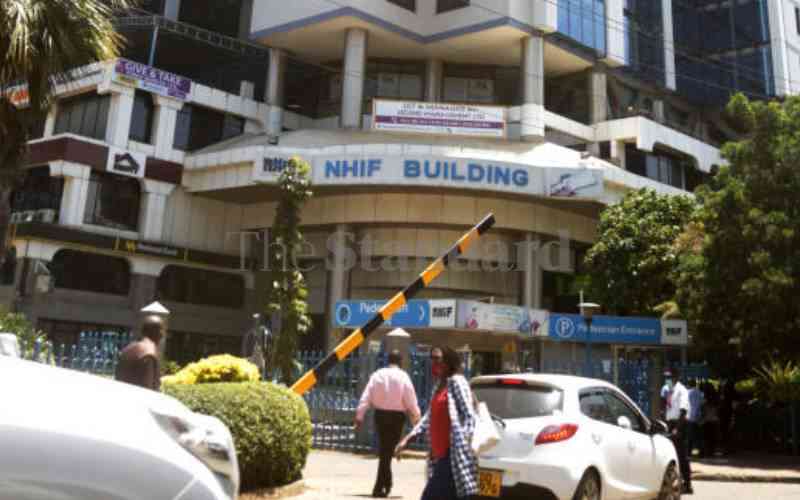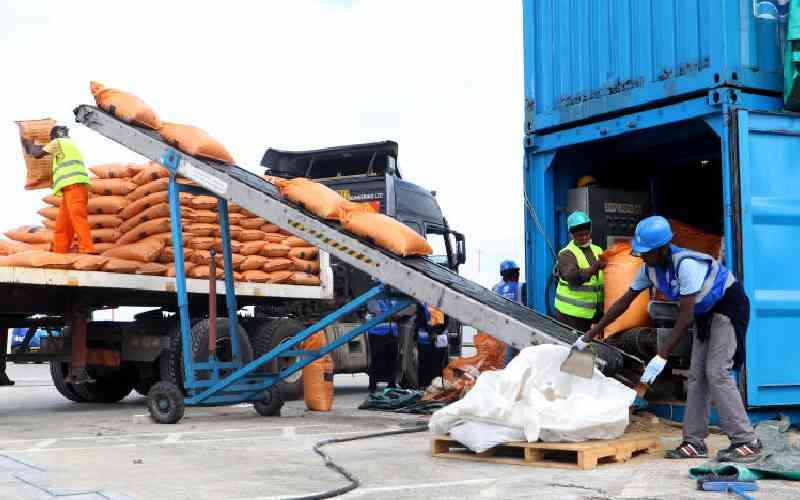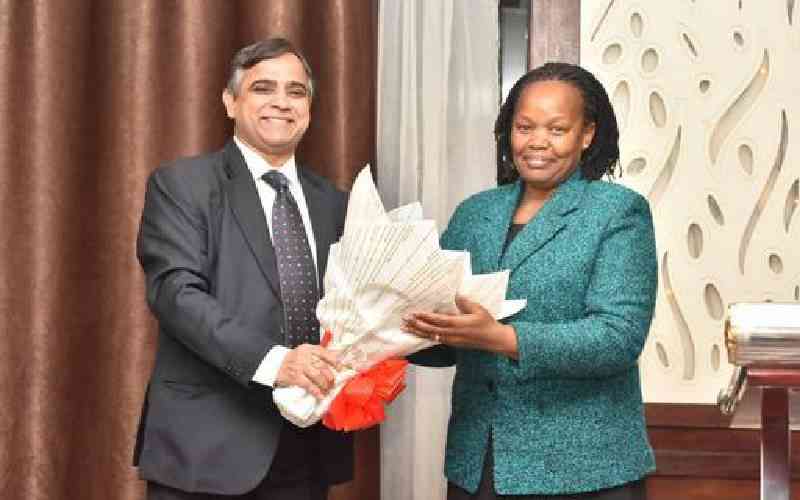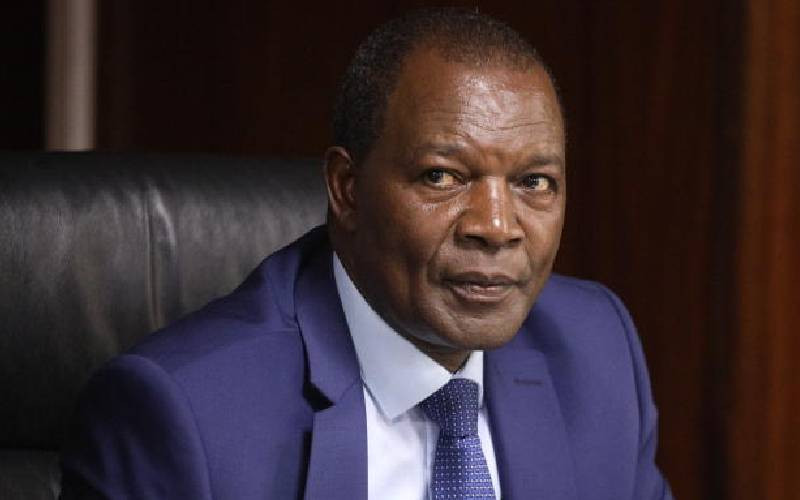
The National Treasury’s monthly Exchequer report, titled the “Statement on Actual Revenues and Net Exchequer Issues” is now required reading for Kenya’s budget-watching tribe without doubt.
Published in the Kenya Gazette on the second or third Friday of every month, it is the government’s equivalent of a real-time funds flow statement – funds inflows (taxes, non-tax revenues, borrowing, grants)) and funds outflows (strictly, resources available for use - national government exchequer issues, consolidated fund services (CFS) exchequer issues (including debt service), county equitable share exchequer issues) with opening and closing exchequer balances.
The latest report for the nine months to March 28, 2024, tells us that we opened this fiscal year (2023/24) on July 1, 2023, with a balance of Sh2.6 billion, and closed March at Sh2.5 billion. You will remember this administration kicking and screaming about nothing in the coffers when they assumed office.
The financial year they inherited (2022/23) opened with a balance of Sh95 million. The truth is these balances tell us nothing - the government collects taxes and receives other funds every day and all the time and then distributes funds in as orderly (or chaotic) a fashion as possible.
Now let’s get to the interesting parts of this report. To be clear, this is what we would call a “flash report” in the private sector – a quick summary of, to repeat, the government’s funds inflows and outflows through its main exchequer account at the Central Bank. The better details will come later from the Treasury’s Quarterly Economic and Budget Review (QEBR) and the Controller of Budget’s quarterly National and County Budget Implementation Review Reports. But it’s still interesting because it tells us about two items that are pure cash/funds flows – taxes and debt.
The first big story is that at Sh1.535 trillion after nine months, tax collections for 2023/24 are way off the annual target of Sh2.496 trillion. On a purely prorated basis, nine-month collections would be Sh1.872 trillion, which means we are Sh337 billion off the pace at the end of March. The real point is that the gap to the annual target is Sh961 billion, to be collected in the final three months of this fiscal year.
In performance terms, KRA average monthly tax take this year has been Sh171 billion against a target of Sh208 billion (82 per cent performance). To make up the monthly Sh37 billion shortfall in the first nine months, KRA now needs to collect an average of Sh320 billion a month till June. At 82 per cent performance for the rest of the year, KRA will only hit Sh2.047 trillion this year.
- Key economic events to shape Kenya in 2024
Keep Reading
Let’s put this in quick perspective. Sh2.047 trillion is Sh85 billion (or 4 per cent) above Sh1,962 trillion collected in 2022/23 and Sh208 billion (or 11 per cent) above Sh1.839 trillion collected in 2021/22. If we took inflation effects into account, this means that tax collections are going backwards when we say the economy is growing.
While many will blame Finance Act 2023, its chaotic implementation notwithstanding, the real story is about the tough economic environment we are experiencing. We should also wait for KRA’s own quarterly report to break down the devilish details of our current tax performance.
The second big story is the usual big story. Debt. President William Ruto recently made the point that seven out of every ten shillings in tax collections goes into paying debts. He will need to revise his numbers. By the end of March (Q3), debt service accounted for an astonishing 81 per cent of the tax take.
But it’s more interesting than this. The original budget projected debt service at 70 per cent of the tax take (his seven shillings out of ten). The revised estimates (Supplementary 1) pushed this up to 75 per cent. Let’s play a little more with numbers.
In an 82 per cent tax take scenario (year-to-date performance), Sh2.047 trillion in cash is not enough to cover fixed debt service (Sh1.866 trillion) and fixed CFS (Sh213 billion) – total Sh2.079 trillion. It’s the funds flow, stupid! That’s our deadly tyranny of fiscal numbers.
Which means that we end up with the 2023/24 story where the entire government (national and counties, recurrent and development) was run on “fuliza” (borrowing).
Here’s another quick angle. Between the original and revised budget, the tax target didn’t change and neither did county equitable share. We upped the non-tax revenue target by 8 per cent and domestic borrowing by 24 per cent, cut external loans and grants by 2 per cent, increased recurrent costs by 4 per cent and debt service by 7 per cent and cut development spending by 5 per cent. This doesn’t sound like a stable fiscus, let alone fiscal consolidation. Our fiscal house (public finance management in general) is on fire but we are busy chasing the rat (taxes).
Let’s bring this full-year picture together. Based on the revised estimates, if we are to meet the tax target (Sh2.496 trillion), then for every 100 tax shillings, we will spend Sh75 on debt service which leaves us with Sh25. Add another Sh8 for other CFS, leaving Sh17.
But, equating exchequer issues with spending for argument purposes, we need Sh55 for national recurrent, Sh18 for national development and Sh15 for counties, which totals Sh88, hence a deficit of Sh71. To balance the books, we hope to raise Sh3 in non-tax revenue, and borrow the other Sh68. This assumes we meet the original tax target which we already know is way out of sight right now.
Using the 82 per cent performance rate, and fixing all other items at their full-year budget rates to this lower achievement means that for every 100 tax shillings, Sh91 goes to debt service, Sh10 goes to other CFS (hence the deficit described earlier). If we aren’t going to borrow any more we now have Sh83 (Sh53 already borrowed) to spread between Sh66 (Sh44 already spent) in national recurrent, Sh22 (Sh10 already spent) in national development and Sh19 (Sh11 already spent) for counties. Non-tax revenue will not help much, coming in at Sh3 (Sh2 already collected).
In simple math, we have the impossible scenario of Sh29 to borrow to cover Sh41 in spending for the rest of the year if development is to happen. In real money this is Sh591 billion left in our fuliza wallet to cover Sh836 billion in spending.
We don’t do US-style government shutdowns, but, with government on full fuliza, we are looking at a chaotic close to the end of this financial year. Unless, of course, we get a new flow of funds (another fuliza top-up) in June as everyone expects.
This doesn’t look like fiscal consolidation. This flash report says we have fiscal discombobulation.
 The Standard Group Plc is a multi-media organization with investments in media platforms spanning newspaper print
operations, television, radio broadcasting, digital and online services. The Standard Group is recognized as a
leading multi-media house in Kenya with a key influence in matters of national and international interest.
The Standard Group Plc is a multi-media organization with investments in media platforms spanning newspaper print
operations, television, radio broadcasting, digital and online services. The Standard Group is recognized as a
leading multi-media house in Kenya with a key influence in matters of national and international interest.


